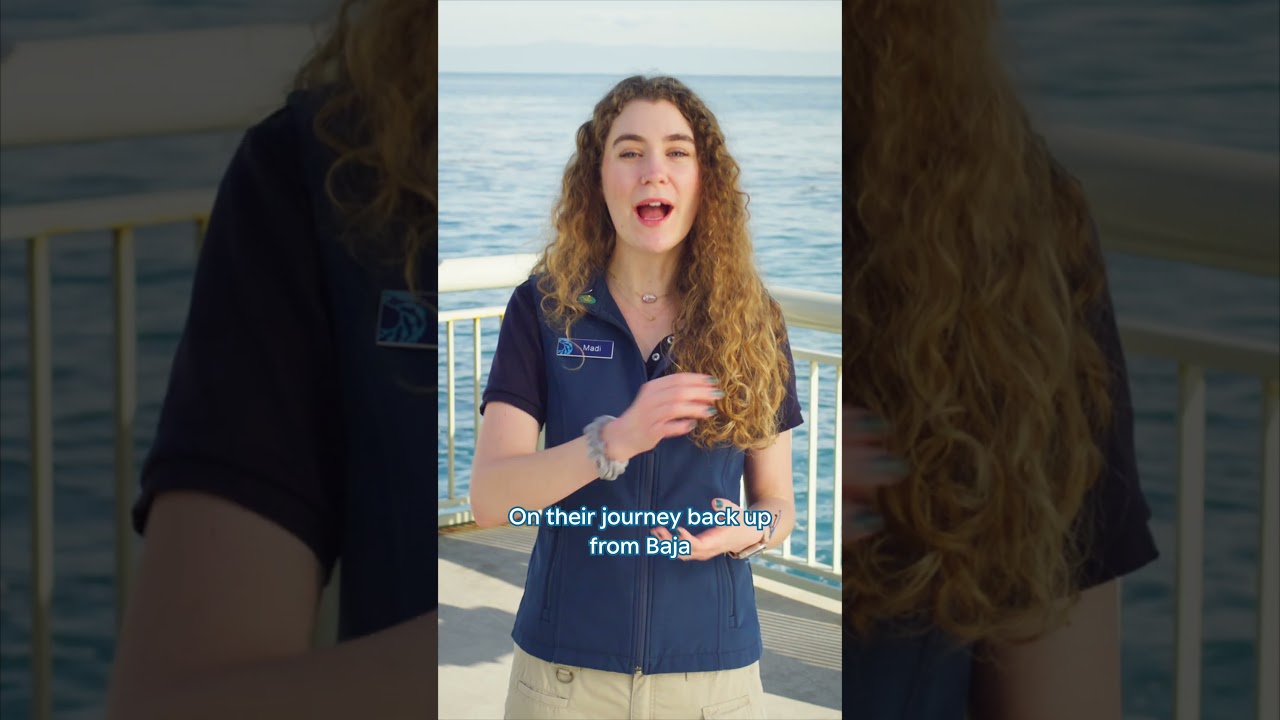– The biological underpinnings and significance of Word of the Bay Migration
– The role of zoo management and conservation efforts in supporting migratory species
– The impact of environmental changes on migration patterns
– Strategies for public education and engagement in wildlife conservation
– The challenges and successes of preserving migratory pathways
The Word of the Bay Migration phenomenon represents an essential aspect of our planet’s biodiversity, showcasing the dynamic and interconnected nature of global ecosystems. This migration, driven by the need to access resources, breed, and escape seasonal environmental fluctuations, highlights wildlife’s remarkable adaptability and resilience. Understanding the biological underpinnings of these migrations unveils the complex strategies animals use to navigate their environments, ensuring their survival and reproduction.
Zoo management and conservation efforts play a crucial role in the preservation and study of migratory species. Zoos serve as research, education, and conservation centers, providing refuge for endangered species and facilitating breeding programs to bolster wild populations. Conservation projects often extend beyond zoo walls, engaging in habitat restoration and protection initiatives that safeguard migratory routes crucial for the survival of numerous species. These efforts underscore the importance of collaboration between zoos, conservation organizations, and governments in promoting biodiversity conservation.
Environmental changes, both natural and anthropogenic, significantly impact migration patterns. Climate change, habitat destruction, pollution, and other human activities have altered the landscapes animals depend on for migration. These modifications can disrupt traditional migratory routes, leading to declines in population sizes and even species extinction. Addressing these challenges requires comprehensive strategies that combine habitat protection, climate change mitigation, and sustainable development practices. Conservationists can formulate more effective interventions to protect migratory species and their habitats by understanding how environmental changes affect migration.
Public education and engagement are vital components of wildlife conservation. By raising awareness about the importance of migration and the threats migratory species face, conservation organizations can garner support for their efforts. Educational programs, citizen science projects, and wildlife tourism are examples of how people can become involved in conservation. Engaging the public in these endeavors fosters a greater appreciation for nature and encourages behaviors that contribute to preserving our planet’s biodiversity.
Preserving migratory pathways presents both challenges and successes. Habitat fragmentation, barriers to movement, and environmental changes pose significant obstacles to the conservation of migratory species. However, there have been notable successes in protecting and restoring migratory routes through international cooperation, establishing protected areas, and implementing wildlife corridors. These successes underscore the possibility of coexistence between humans and migratory wildlife, serving as a testament to the effectiveness of concerted conservation efforts.
The Word of the Bay Migration is an exemplary case of the intricate interactions within ecosystems and the importance of maintaining the natural processes that support biodiversity. Through dedicated research, conservation actions, public engagement, and policy advocacy, humans can ensure the continuation of these miraculous journeys that are so vital to the health of our planet. By respecting and preserving migratory species and their habitats, we safeguard our environment’s ecological integrity and resilience, securing a healthier, more biodiverse world for future generations.
*****
Source Description
🐋 Come along as we embark on a whale of a migration tale with the majestic gray whale. Join us at our best and biggest exhibit, the Monterey Bay, with Naturalist Madi in this first episode of Word of the Bay.
🩵 Special thanks to Monterey Bay Whale Watch and Japan Underwater Films for some of the footage used in this video. 🌊
Check out the full video: https://mbayaq.co/3URH6y2
____
Whale hello there! We hope you liked this video. Subscribe to our channel for more from the Monterey Bay and our mission to inspire conservation of the ocean:
https://www.youtube.com/subscription_center?add_user=montereybayaquarium
We’re on Facebook: https://www.facebook.com/montereybayaquarium
And Instagram! https://www.instagram.com/montereybayaquarium
And Tumblr! https://www.tumblr.com/blog/montereybayaquarium
And Twitch! https://www.twitch.tv/montereyaq
And TikTok! https://www.tiktok.com/@montereyaq
And Discord! https://discord.gg/montereybayaquarium
And subscribe to our emails here: https://montereybayaquarium.org/subscribe


